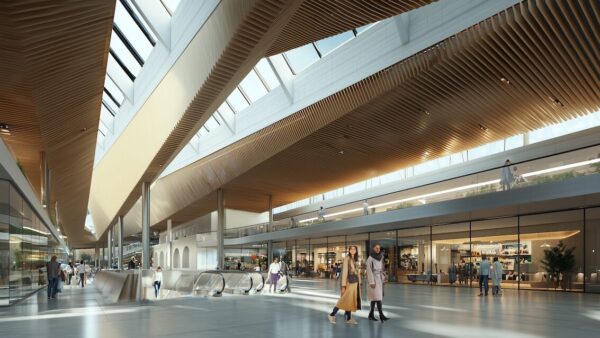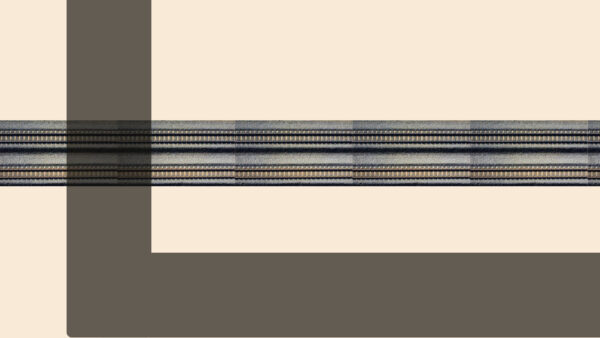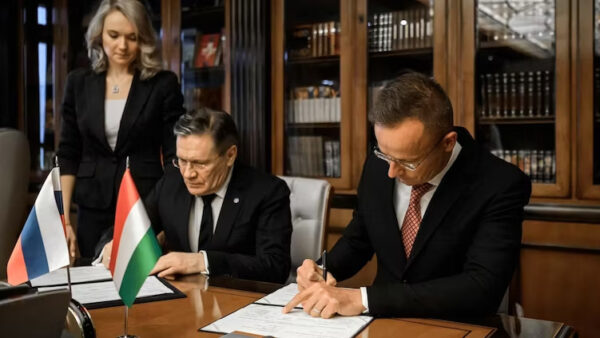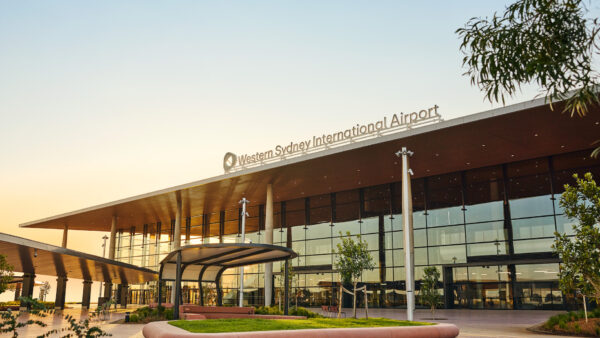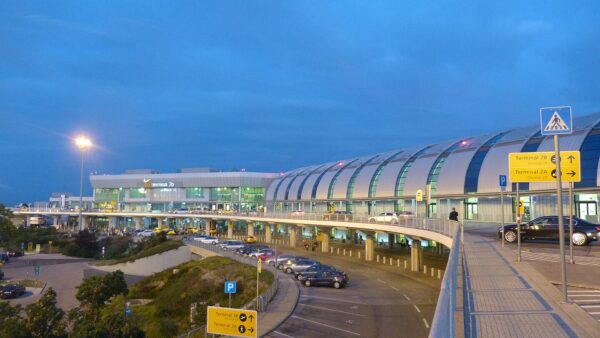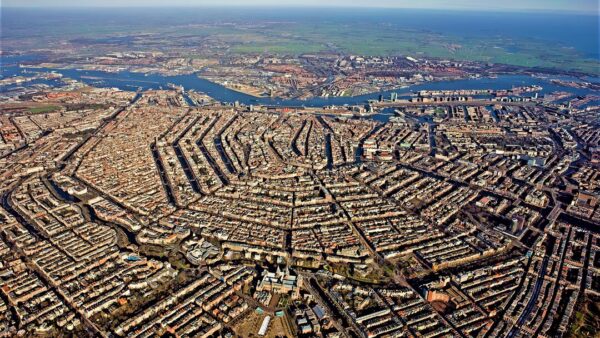The African Union (AU) wants to tap into member countries’ sovereign wealth funds to finance much-needed transport and power infrastructure to boost growth and offset rising national debts.
It says it is needed to capitalise on a new, continental free-trade agreement to get goods and services flowing around the continent.
As it stands, countries struggle to fund big capital works on their own, the AU said.
The plan was revealed by Raila Odinga, the AU’s high representative for infrastructure, in an interview with Reuters.
The AU wants to collect 5% of the money held by its 55 members in sovereign wealth, insurance and retirement funds. Odinga said it would be more lucrative than having funds “lie idle”.
“Africa is financially starved as far as the need for infrastructure development is concerned,” Odinga commented. According to the AU, there is an annual shortfall of between $60bn and $90bn, which is preventing the continent from advancing its plans for economic integration.
The AU’s vision for Africa rests on a $3.4 trillion African Continental Free Trade Area (AfCFTA). An agreement setting up the area was signed in March 2018, and it came into force in May 2019.
This agreement aims to create the largest free trade area in the world. Although the initial treaty only removed tariffs from 90% of goods crossing borders, the UN Economic Commission for Africa estimates that it could boost intra-African trade by 52% by 2022.
At present, African countries exchange just 15% of their goods with each other, compared with a figure of 70% in Europe.
“This infrastructure is urgent for the realisation of the AfCFTA, otherwise it is just going to remain on paper,” Odinga told Reuters. “Africa needs to trade with itself.”
China has been the source of most foreign direct investment in Africa over the past 10 years, but that may be slowing as signs emerge of debt strain in borrowing countries. A case in point is Kenya’s $3.2bn standard-gauge railway (pictured), which has run into financial problems since opening in June 2017 (see further reading).
Image: Workers celebrate the completion of the Ngnong Tunnel on the second phase of Kenya’s Standard Gauge Railway (CCCC SGR Head Office/Facebook)
Further reading:
- “We are not able to pay”: Kenyan MPs urge renegotiation of Chinese rail debt
- China holds back funding for latest Kenya railway phase
- Kenya’s new railway cuts losses, but still a long way from breaking even
- Kenya’s Court of Appeals finds SGR contract with China Road and Bridge Corporation was illegal

